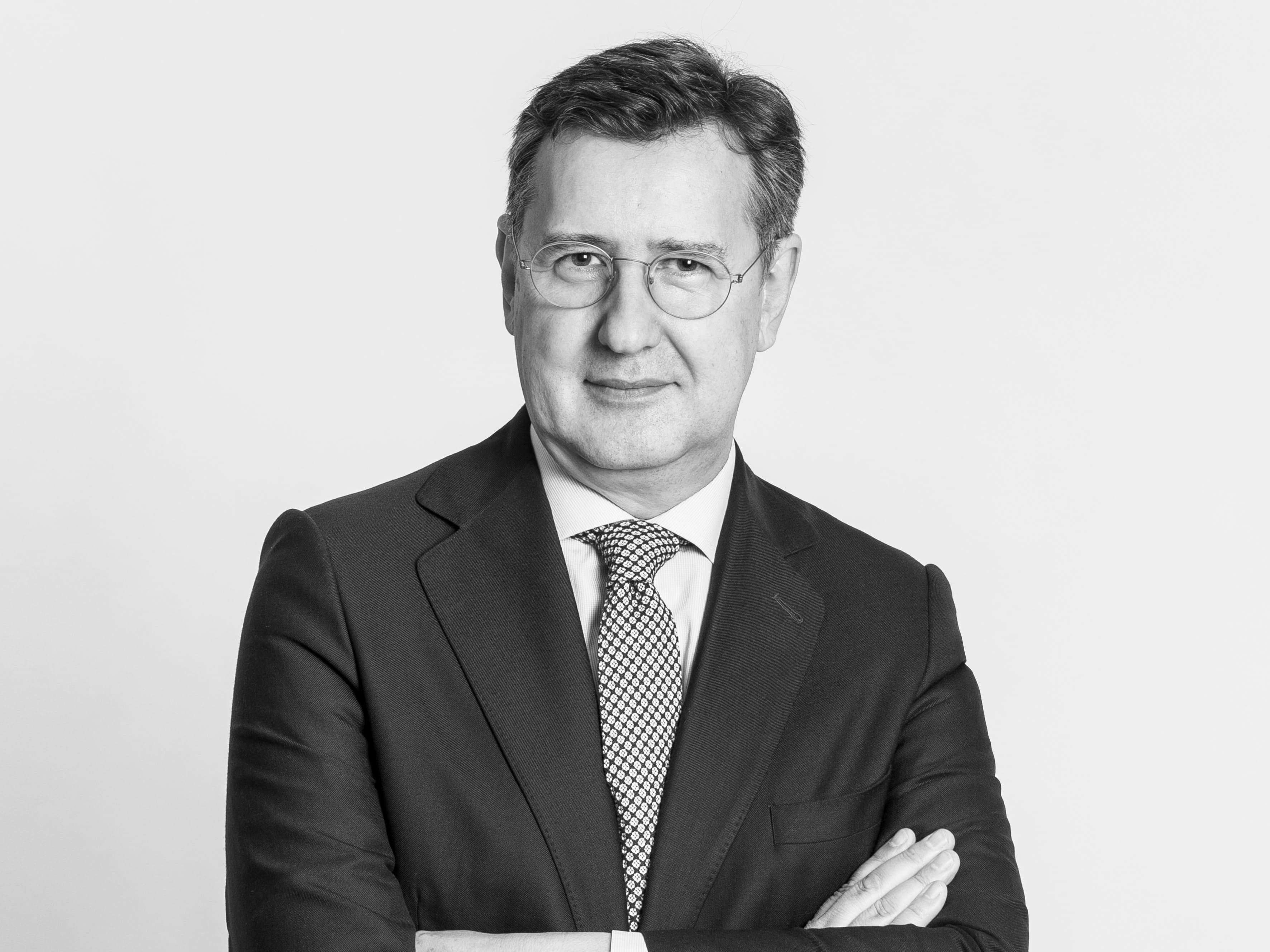Despite the climate, risk assets performed spectacularly in 2021, owing to the central banks’ expansionary monetary policies. Relative to the previous year, we saw a rebound in economic growth and an uptick in demand in the majority of countries. Still, despite rapid vaccination progress, we suffer from ongoing restrictions on an international scale as different variants of the virus emerge, having now reached a record number of cases worldwide. Compounding the situation are supply chain disruptions, escalating energy prices, and a scarcity of labour in some sectors and countries, leading to inflation levels no one anticipated. Despite the challenges these issues pose for many companies, workers, and other economic players, 2021 closed with extraordinary results for shares (S&P 500 +28.8%; EUROSTOXX 21.5%) and a good outcome for high-yield corporate credit (HY US +4.58%; HY EUR +2.83%).
In contrast, “risk-free” assets, like government debt (which some ironically call “risk-free returns”), closed 2021 in negative territory, with the exception of inflation-linked government debt, which is one of the fixed-income assets that performed best in 2021 (+6.34% for the European index).
Increased interest rates since the beginning of the year have hampered the performance of nominal government debt and investment-grade credit. US 10Y Treasury and the German Bund rallied 60bps and 43bps, respectively, in 2021 to close the year with results of -2.38% and -2.59%. Investment-grade credit, meanwhile, shed -0.95% in the US and -1.05% in Europe.
The EDM Ahorro fund closed 2021 with unquestionably good results relative to its benchmark (+208bps) and other comparables in its category. Its exposure to inflation-linked government debt and a good credit selection contributed to the favourable results. Minimal exposure to investment-grade and emerging credit, coupled with the absence of nominal government debt, served as successful strategies, as these segments suffered declines in 2021.
In 2022, interest rates are expected to continue rising moderately. In addition, as regards financial assets beyond nominal government debt, the environment could be more benign than in 2021, as the pandemic evolves into an endemic disease, restrictions ease, supply chain disruptions resolve, energy prices normalise, and inflation drops from current highs. One factor key to a benign environment is the central banks’ ability to successfully navigate a departure from the ultra-lax monetary policies of recent years and contain inflation without slowing down the economic recovery. The risk that tighter monetary conditions could curb the economy, fail to ease inflation, or trigger a spike in interest rates (thereby affecting financial asset valuations) means investors must remain vigilant.
In this potential scenario, we believe duration risk outweighs credit risk. Therefore, in our view, credit is still more attractive than government debt or investment-grade credit.
We are comfortable with the positioning of the current portfolio, which combines different strategies, some of which—we believe—will continue to add value and others that are more defensive. Within each strategy we will maintain diversification by geography, sector, and issuer, adjusting it according to changes in the environment. We are acutely aware of liquidity risk, which we include in the analysis of issues. In corporate credit, the key pillar upon which we base our investment decisions will continue to be an analysis of company fundamentals. In our view, constant analysis and monitoring of the companies in which we invest is the best defence against credit or insolvency risk.
To contain duration or interest-rate risk, we will maintain the portfolio’s duration, which is relatively low—currently less than two years—and opt for low duration assets. Those segments of the fund with longer durations, such as indexed bonds, will be partially hedged.
In addition to our pledge to continue adding value and managing risk and uncertainty, our commitment to ESG investment is becoming increasingly important.
Lastly, in its +30-year history, our EDM Ahorro fund has vastly outperformed inflation, with cumulative returns of 345% vs. 165% for inflation. Therefore, EDM Ahorro closes 2021 as a leader in its category, its present positioning being the most suitable for the current environment.
Anna Karina Sirkia,
Fixed Income Fund Manager



